On a warm afternoon earlier this year, Wendy Miller pulled her white Nissan hatchback up alongside the embankment of a dusty farming canal near the south end of the Salton Sea, searching for the glare of tiny eyes.
Most days, Miller works as a county public defender in Imperial County. But in the mornings and evenings, she moonlights as a wildlife photographer, roaming the county to document the birds that live near the Salton Sea.
After a moment that afternoon, Miller found what she was looking for. On the other side of the canal was an abandoned car tire embedded in the embankment. A tiny, brown-feathered bird — a Western burrowing owl – perched inside of it, staring out at her with wide yellow eyes. Miller laughed out loud.
“They seem like little people,” she said. “There's an intelligence there that you can feel, and a curiosity.”
Most Californians will never see a burrowing owl in the wild. The little, ground-dwelling birds are native to large swaths of the Western U.S. and Mexico. But over the last 30 years, their numbers have plummeted across the Golden State. Relentless suburban expansion has paved over their homes in coastal areas like San Diego, Monterey and Oakland.
But it’s a different story in the Imperial Valley. The rural farming region has become an unlikely refuge for the species and is now home to around 4,000 pairs of owls — more than 60% of the state’s population, according to some estimates.
But as the total number of owls dwindles, the state is weighing more decisive action. In October, the California Fish and Game Commission voted to consider granting burrowing owls sweeping legal protections by listing them as an endangered or threatened species. State wildlife officials have one year to evaluate the health of the tiny bird and make a final decision.
That decision could have big implications for the Imperial Valley, where farmers are already under pressure to conserve water and wary of new environmental regulations. County supervisors have also raised fears that new protections for the owls could disrupt the renewable energy sector.
“It would be terrible to lose them,” Miller said. “But I think you have to take into account human needs too, and you have to figure out how to balance that.”
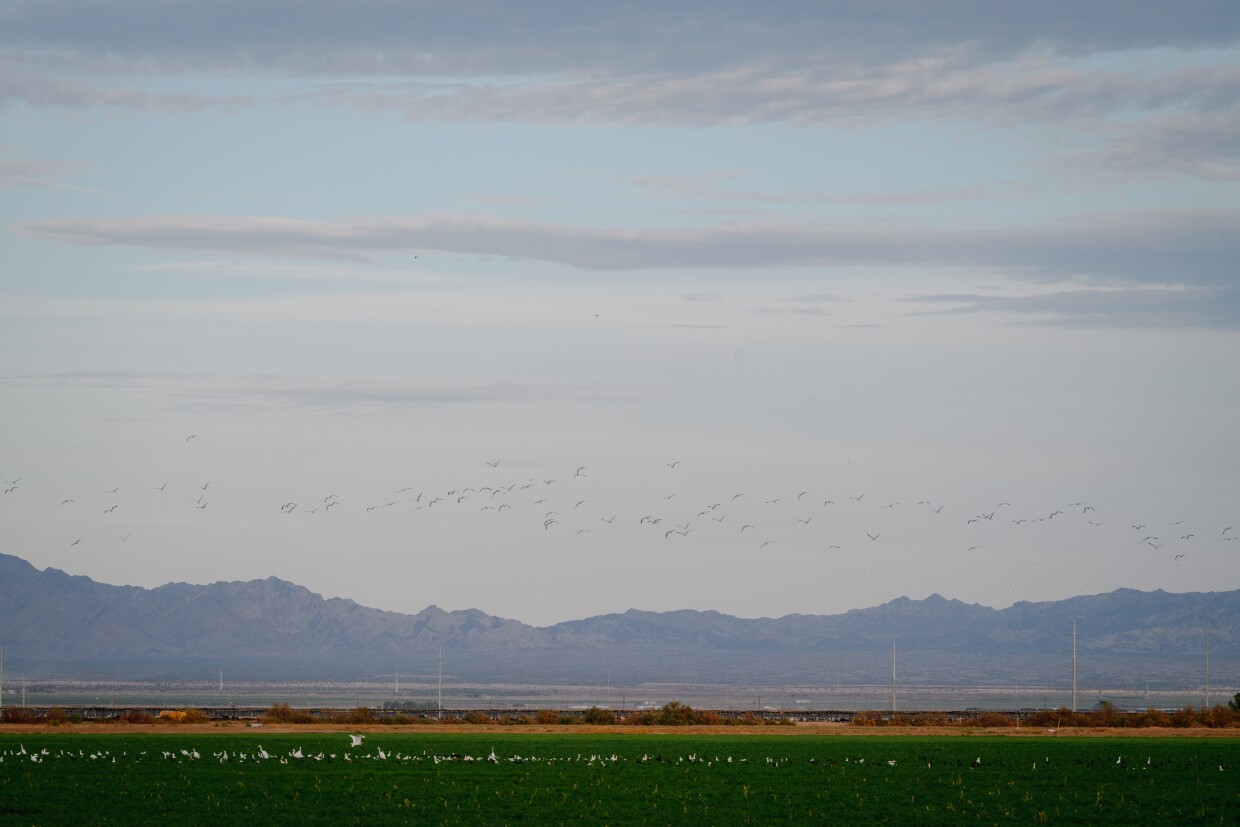
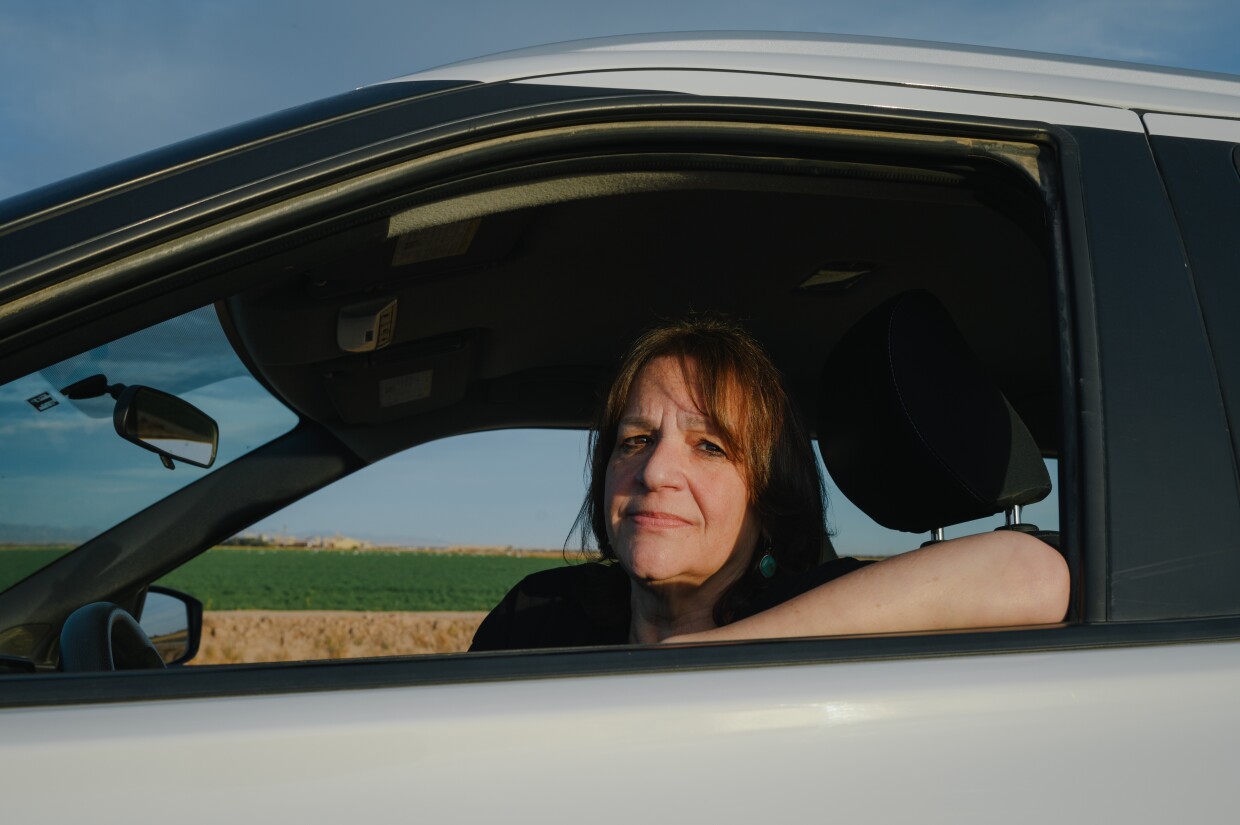
In many ways, the valley is an unlikely home for a vanishing species like the burrowing owl. The region is a highly engineered environment, where acres of agricultural land bumps up against vast solar farms and a sprawling desert landscape. The only freshwater sources are the canals that ferry water from the Colorado River, more than 80 miles away.
But experts say that landscape has become the perfect place for the owls to thrive. Those earthen canals give places for them to nest, and the fields of crops provide food in the form of insects, spiders and other prey.
Elsewhere though, the species hasn’t been as lucky.
In the early 1990s, researchers from the nonprofit Institute for Bird Populations set out to count the number of burrowing owls in California. They scoured the Imperial Valley and other parts of the state, tallying over 9,200 pairs of owls.
When the same group counted again in the mid-2000s, they found a very different picture. The population had dropped significantly in the Central Valley and Bay. In the inland parts of Riverside and San Diego County, they had vanished almost entirely.
“We’re on the verge of losing them from most areas of the state — probably in the next couple decades — if we don’t do something drastic to turn that around,” said Jeff Miller, a senior conservation advocate at the Center for Biological Diversity. (Jeff is not related to Wendy Miller.)
The biggest reason for the decline, researchers and conservation groups say, is that burrowing owls have fewer and fewer places to live.
In the wild, the tiny birds nest in grasslands, shrubs and deserts. They can’t create burrows themselves, instead relying on old tunnel systems created by other burrowing mammals like ground squirrels.
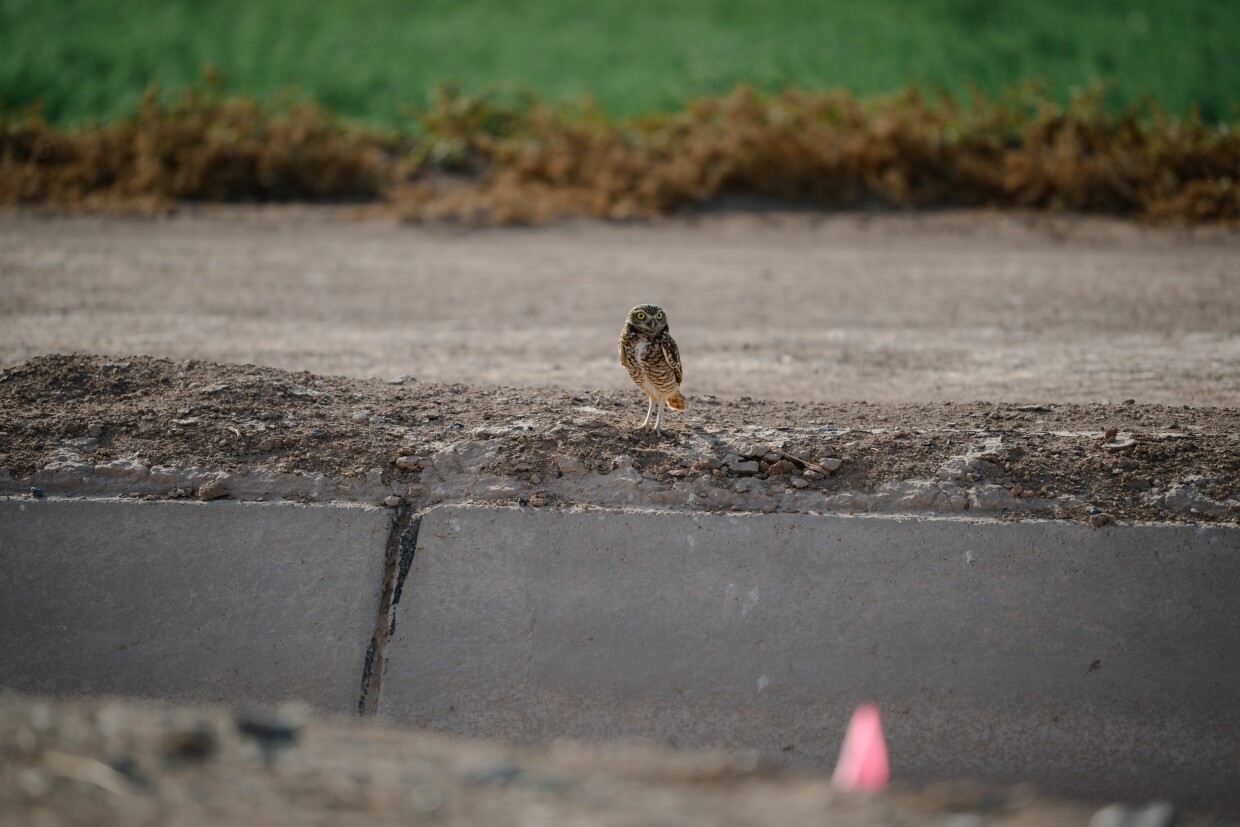
But conservation groups said developers have paved over many of those areas. They also blame certain wind and solar energy projects. Solar farms, they say, can force owls to leave their homes, and wind turbines create aerial hazards.
Trade associations for solar and wind developers dispute those characterizations, arguing that the data are less conclusive.
Even in the Imperial Valley, though, conservation groups say the number of owls may be declining. They estimate the region was home to fewer than 4,000 pairs of owls in 2023, down from over 6,400 in 2007.
There are two big threats that owls in the valley face, advocates said. The first is water conservation measures along water systems and canals.
The Imperial Irrigation District, the region’s main water authority, has been lining certain canals with concrete. The region is under pressure to cut back on the amount of water they use from the Colorado River, and measures like these are meant to help meet those goals. But conservation groups worry those actions are also taking away habitat for the owls that live along those canals.
The second threat they point to is the growth of solar, geothermal and other renewable energy projects. The Imperial Valley has seen a boom in solar power in recent years, and many hope to see lithium extraction take off as well. Advocates say those projects may be driving displacement of the birds too.
In 2003, the Center for Biological Diversity filed its first petition asking the state Fish and Game Commission to list the owl as endangered.
Their request was met with forceful pushback from several major industries, including housing developers and the agriculture sector, Jeff Miller said. Eventually, the state turned the center down.
“The state didn't even do a status review,” he said. “They refused to accept the petition.”
Still, the center and other advocates continued to warn that the species was at risk.
This past October, they went back to the Fish and Game Commission. This time, the commission voted to move the species forward as a candidate for the endangered species list.
State wildlife authorities now have another six months to evaluate the health of burrowing owls and report back to the commission.
In an October letter, the Imperial County Board of Supervisors said they opposed listing the owl as endangered. They argued that those new protections would hurt the agricultural and green energy industries and limit job opportunities in one of California’s poorest counties.
“Listing the burrowing owl as threatened or endangered would not be the most effective approach for its conservation in our region and would directly impact the economic viability of our disadvantaged region,” then-County Chair Luis Plancarte wrote.
Plancarte asked the state to exempt the county from any new protections.
In his letter, Plancarte also said “recent surveys and data” suggested that the local burrowing owl population was stable and could even be increasing. But when KPBS requested the data Plancarte was referring to, county spokesperson Eddie Lopez said they were unable to locate it.
County officials did not make someone available for an interview.
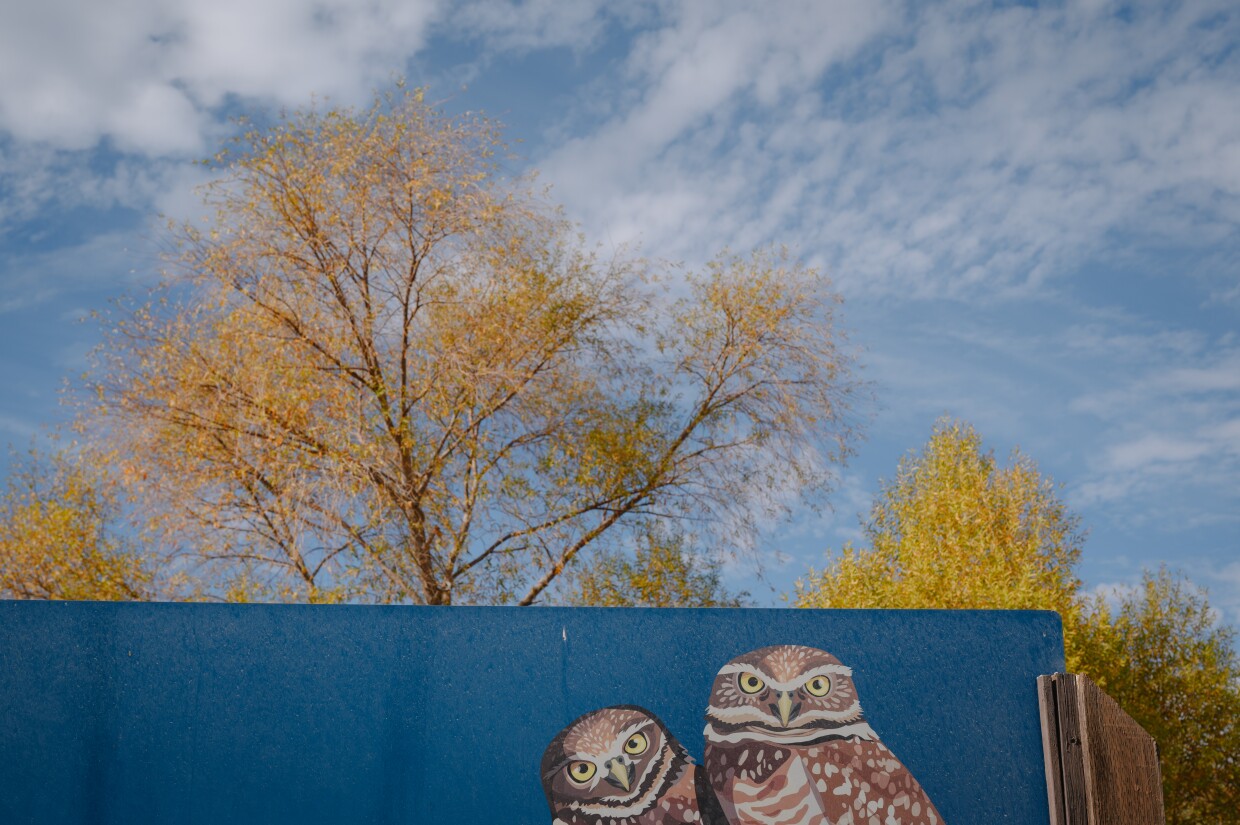
Advocates for the owls are also split on the best approach to protecting the Imperial Valley’s population.
Jeff Miller, with the Center for Biological Diversity, is pushing for the valley to be left as it is. He supports statewide protections in the long-term but is wary of the kind of opposition from farmers and developers that they faced in 2003.
“We didn't want Imperial Imperial Valley agricultural interests feeling like they were being picked out,” he said. “An approach that limits political opposition and maximizes conservation and protection and recovery is what we're aiming for.”
But other environmental advocates feel the state should protect the species statewide.
Peter Bloom, an environmental consultant who has worked on burrowing owl surveys in the Imperial Valley, said the lack of recent data has made it difficult to say how many are left in the region.
“The Imperial Valley population is the most robust population remaining in the state,” he said. “It does not necessarily mean that it's not endangered.”
At its October meeting, the Fish and Game Commission seemed open to striking a fair balance.
“It's not this choice we have to make between renewable energy or housing or food production and protecting wildlife,” said Erika Zavaleta, the Commission’s president. “We have shown as a state we can do both.”
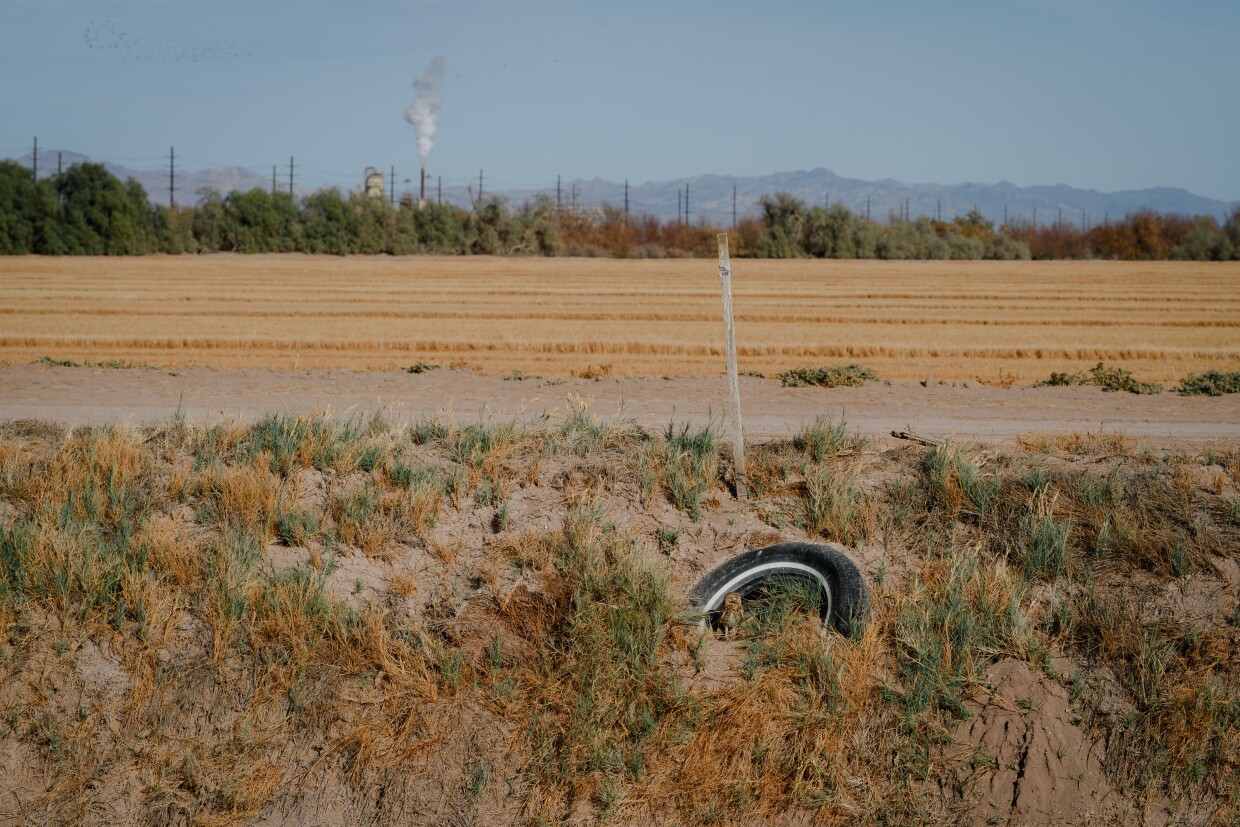
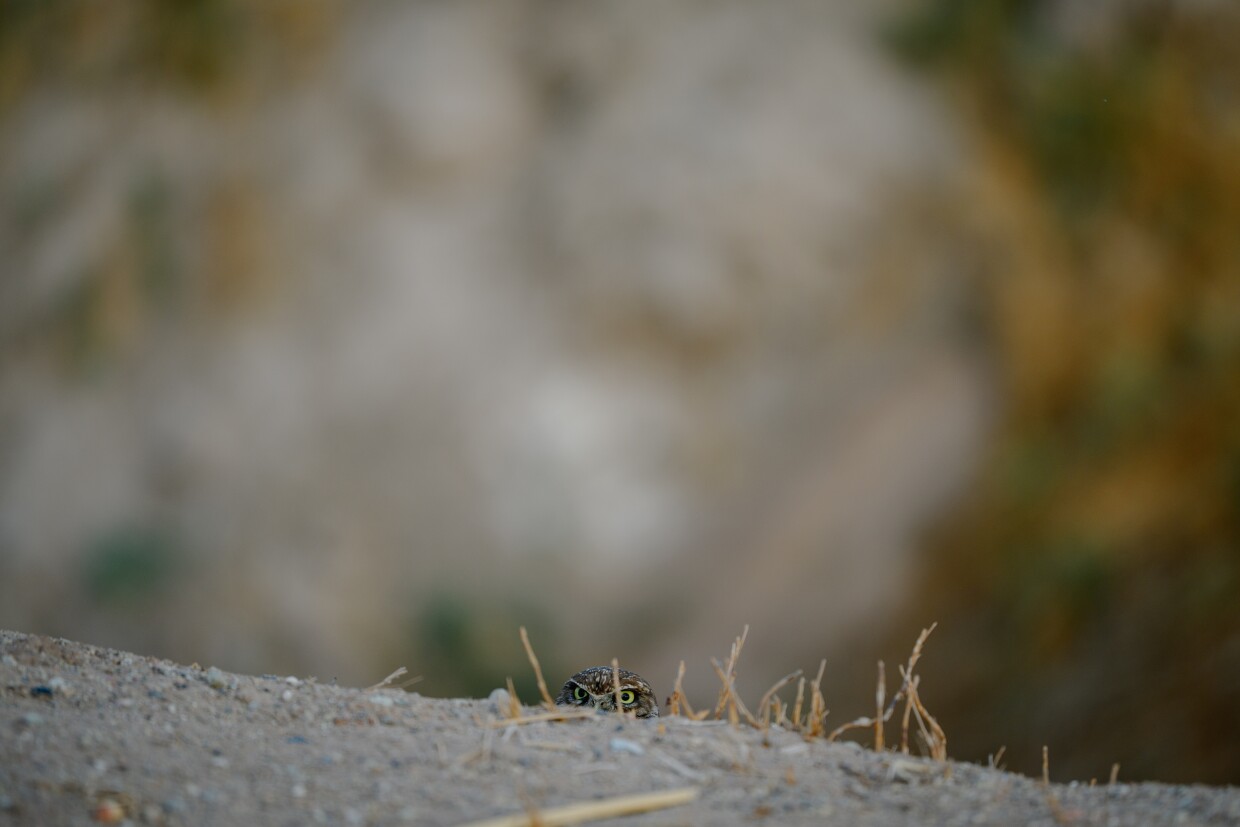
Back near the Salton Sea, Wendy Miller hopes state officials can achieve that balance.
The abundance of the tiny owls is what led her to move to the valley from her home near Los Angeles in 2022. It was almost a decade ago, on a visit to the Salton Sea, that she first spotted a group of the owls and was captivated by their quiet, curious-seeming stare.
“You have this combination of greenness and life and beauty in the middle of a desert,” she said. “It made me really curious about them — about their lives.”
Now, she spends many mornings and evenings driving along the county’s craggy backroads, visiting different families of owls. Her witty portraits of the tiny birds have garnered love in local Facebook groups and on other social media platforms.
But despite her love for the owls, Miller isn’t sure that the species should have blanket protections either. She agrees that their unique circumstances may warrant a more nuanced approach to environmental protection.
“It's a different situation here than in the rest of the state,” she said. “I just hope that they can keep growing, and that the owls can have a place to live.”







